Elon Musk's first tunnel is finished. Here's what it's like to ride in it
Hawthorne, California (CNN Business)Our Tesla Model X pulled into a small parking lot behind an old kitchen cabinet store and came to a stop on a metal lift. Moments later, Elon Musk's vision for how to beat traffic congestion began to take shape.
The lift slowly lowered our car into O'Leary Station, a circular hole Musk's Boring Company had dug in the parking lot in Hawthorne, California. A handful of Boring Company employees were gathered around the rim of the station, watching our descent.
The lift settled at the bottom of the pit, and looking through the windshield the other three journalists and I saw what we'd come for — Musk's first tunnel, a 1.14-mile route built to experiment with underground transportation technology.
Musk, the CEO of Tesla (TSLA) and SpaceX, had previously described the Boring Company, his tunnel business, as a hobby business that started as a joke.
In 2016, a frustrated Musk said he planned to start digging tunnels to carve alternative routes to Los Angeles' congested highways. Why sit on a highway above ground when you could speed ahead under the ground?
Now the joke has turned into something very real. The billionaire entrepreneur has started to deliver on his talk of offering a "weird little Disney ride in the middle of LA."
Our Model X inched forward. It was fitted out with special protruding wheels that held the SUV in place between the tunnel walls.
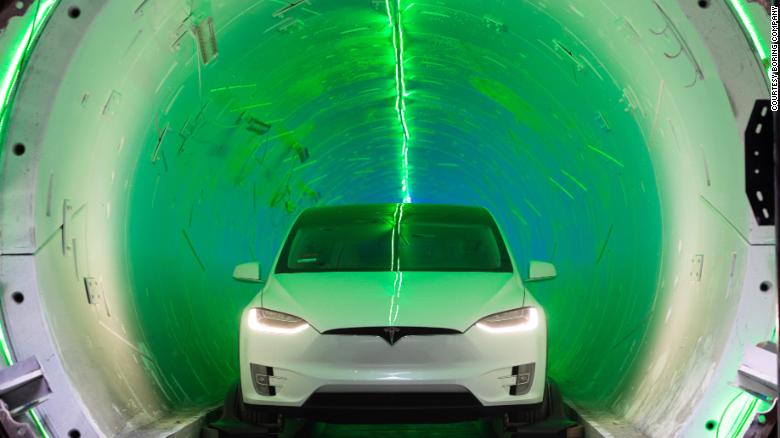
A Tesla sits at an entrance to the Boring Company's test tunnel.
Red lights atop the tunnel suddenly turned green. The Model X jolted forward and we were off. The trip was bumpy at times as we jostled against the tunnel. The narrow space made the low speeds — we traveled mostly at 35 mph — feel faster. It felt like an amusement park ride. After about two minutes, the car emerged from the tunnel into a large pit in the parking lot of SpaceX.
We walked out of the pit into the shadow of a medieval tower that Musk constructed as a tribute to Monty Python and the Holy Grail. In November, the Boring Company even advertised for a job for a watchtower guard.
"We need a knight to yell insults at people in a French accent," Musk tweeted, a nod to a scene in the 1975 film.
To mark the opening of the tunnel, Musk and the Boring Company threw a private party in the parking lot Tuesday night. It included a knight yelling insults, s'mores lit with flamethrowers and a speech from Musk.
Aside from its quirky name and unusual job openings like "vice president of digital dancing," the Boring Company is attempting serious projects in Los Angeles, Chicago and Washington.
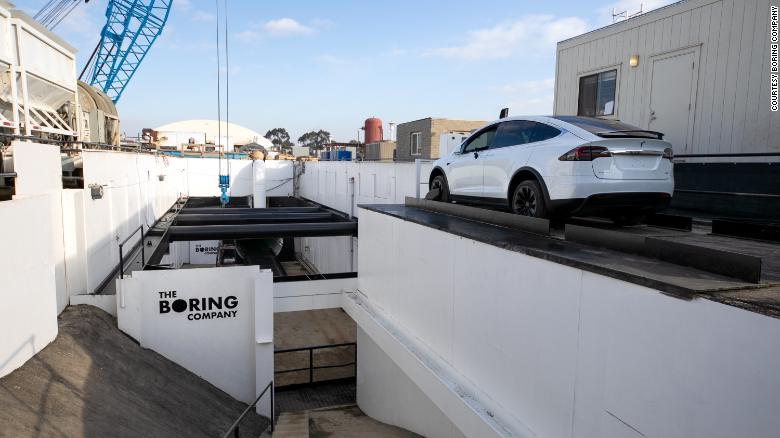
The Boring Company has dug an entrance to its test tunnel in a corner of SpaceX's parking lot.
Musk's 'eureka moment'
Musk expressed confidence in the projects in a conversation with reporters Tuesday.
"For me it was a eureka moment," he said of his first ride in the tunnel. "It was a epiphany, it's going to damn well work."
The initial tunnel cost about $10 million, not including the cost of the tunneling machine and research and development. Musk expects a 15-fold improvement in tunneling speed as the Boring Company improves its digging machines.
But the company has encountered some setbacks recently. In November, it scrapped plans to develop another tunnel in Los Angeles following a lawsuit from neighborhood groups. Instead, it's focusing on a tunnelfrom the Los Feliz, East Hollywood or Rampart Village neighborhoods to Dodger Stadium. Eventually, Musk hopes to build a tunnel network throughout Los Angeles.
In Chicago, the Boring Company was selected in June to tunnel a route from downtown to O'Hare Airport. But a contract hasn't been finalized yet, according to a spokesman for Chicago Mayor Rahm Emanuel. Key details like the exact route and pricing remain unclear.
In Washington, the Boring Company started to dig a square hole in a downtown parking lot this year. The site has been silent in recent months, aside from a covering over the hole. The tent-like structure collapsed this fall and was then removed. The Boring Company is working through an environmental review with regulators before it can build the route to Baltimore.
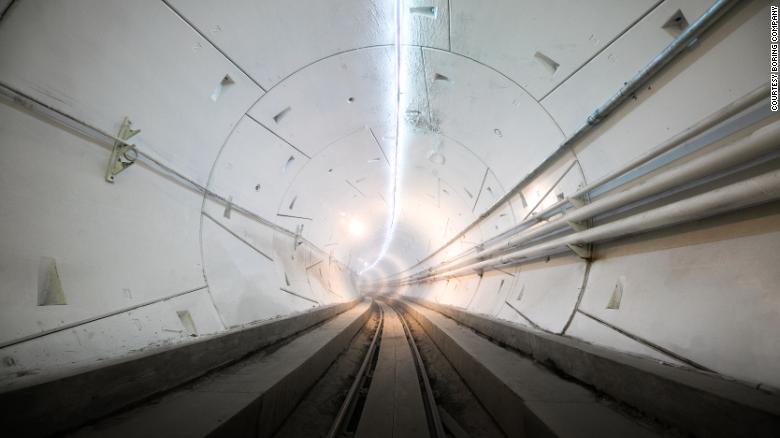
The Boring Company's 1.14-mile tunnel is designed to test new transportation technologies.
'It's hard to understand what's real and what's not'
Musk's ambitious projects have left nearby residents unsure what to think. The developers of a condo building next door to the Washington site told CNN they've debated if they could advertise proximity to a future Boring Company station as a selling point. Ultimately, they decided to hold off formally promoting the station.
"It's the kind of thing that feels so far fetched it's hard to recognize it as an imminent reality," said Brook Katzen, senior vice president of development at Urban Investment Partners. "We don't want to sell homes based on a glimmer of hope."
Tanner Woodford, executive director of the Design Museum of Chicago, which is a few floors above where the downtown Boring Company station would go, has been watching to see what Musk does next.
"It's hard to understand what's real and what's not," Woodford said. "He could tell me he's putting a Christmas tree on Mars next week and I'd think that's about right. I have no idea what he's capable of."
Musk acknowledged Tuesday that the Boring Company is a work in progress.
"We're obviously at the early stages here. This is a prototype. We're figuring things out," he said. "I think there is a path to alleviating traffic congestion in cities."
Musk presented an updated version of the Loop, the form of transportation he initially plans to use in the tunnels. The plan is to eventually shift some projects to Hyperloops, the high-speed capsule in a vacuum tube that Musk envisions whisking passengers from Washington to New York in 29 minutes.
For now, Musk is focused on the Loop in which autonomous electric vehicles, such as the Tesla Model 3 or the unreleased Model Y, would transport passengers. Private vehicles (not just Teslas) would also be allowed in Musk's tunnels, provided they're outfitted with deployable tracking wheels that rub against the walls to hold vehicles in place.
"This is not meant to be some walled garden or something that's special just for Tesla," Musk said.


















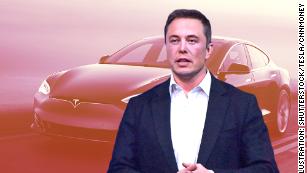
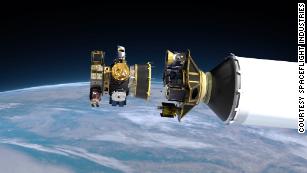
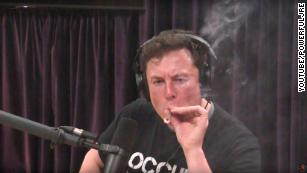
No comments:
Post a Comment